Radon
ilovemytrees
9 years ago
Featured Answer
Sort by:Oldest
Comments (13)
Related Discussions
Need HELP fast ... radon pipe leak? condensation?
Comments (6)So what floor is the condensation on now? I wonder if you should try and put the drywallers off, and fashion some sort of skirt above the wet spot around the pipe - doesn't have to be pretty, just a bandage of paper towels or something, so you can confirm the water's not coming from above. I don't think condensation is out of the question, and of course it'll be on the outside of the pipe... I'm not familiar with radon pipes, presumably it's a vent - is it a sub-floor vent? Does it vent an uninsulated area, ie below your basement floor slab or something? If cool air is entering the pipe, either from below - or, don't forget, it's open at the top - some condensation may be expected, since it's just a cold surface, and any cold surface will attract condensation. If the wall's closed up, assuming there's no leak, this condensation may continue somewhat, although once the wall's closed up, the supply of moisture will be somewhat limited (depending on where the moisture barrier is, inside or outside of the pipe.... Hopefully someone who knows more will chime in, but if you confirm it's condensation, maybe the answer is (providing it's not against the code) to insulate the pipe, I just saw some combination foil/foam pipe insulation that'd be ideal....See MoreRadon reality check
Comments (25)maifleur- I understand where you're coming from, and I'd be dismissive, too, if that is how these numbers were arrived at. But they don't arise from some doctors guessing that radon was the cause of death in particular patients, and then coming up with a total number. Epidemiological studies use statistics and complex mathematical modeling, as well as knowledge of medicine and toxicology, and these techniques and subjects don't lend themselves to simplified explanations that can be summarized in a forum post here. If you really want to see how this works, you'll need to do some reading like the link I just posted above to the paper in The British Medical Journal. That paper synthesizes the data and results from 13 prior European studies covering nine countries and had a very large sample size. The investigators used measurements and medical statistics collected over decades that correlated excess deaths from lung cancer with radon levels, and used statistical tools to remove other potential causes of cancer from the analysis. The results of the analysis were consistent in that they did not differ significantly with study, age, sex, or smoking. It's fine to be skeptical, but you need to take a little time to look at how these results are arrived at so you can make an informed decision about what exactly you are being dismissive about. It looks like you responded to me a couple of minutes after I posted the BMJ link, so I am hoping you're not saying you read the whole thing that quickly before discounting it :-)...See MoreAlternative Options to Radon Mitigation System
Comments (1)That is pretty much the going rate to install a mitigation system. Another alternative is sealing everything, use of natural ventilation, or you can pressurize a room you work in or even an entire basement....See MoreHow loud are radon mitigation system fans?
Comments (4)I di not hear mine at all inside and only if i put my ear to the unit outside do I hear it. I often think it might not be working....See Morekudzu9
9 years agoilovemytrees
9 years ago
Related Stories
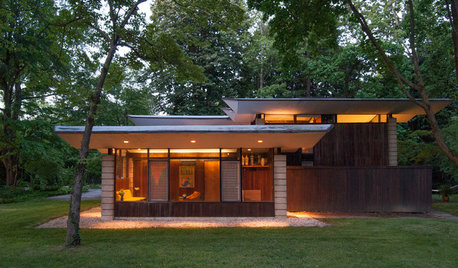
HEALTHY HOMEWhat's the Deal With Radon?
Get the facts on testing for this cancer-causing gas — and how to make your home safe if it shows up
Full Story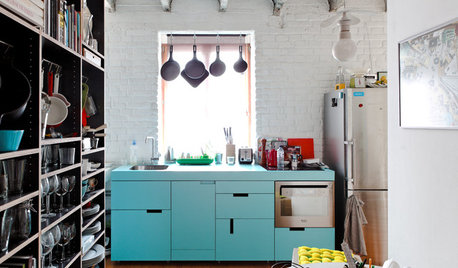
HEALTHY HOMEDetox Your Kitchen for the Healthiest Cooking
Maybe you buy organic or even grow your own. But if your kitchen is toxic, you're only halfway to healthy
Full Story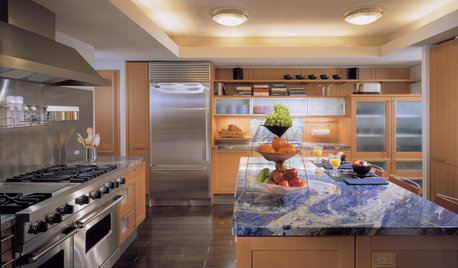
KITCHEN DESIGNAlternatives to Granite Countertops, Part II
Still looking for a new kind of countertop? Try sodalite, zinc, limestone, onyx and more
Full Story
KITCHEN DESIGNHouzz Quiz: Which Kitchen Backsplash Material Is Right for You?
With so many options available, see if we can help you narrow down the selection
Full Story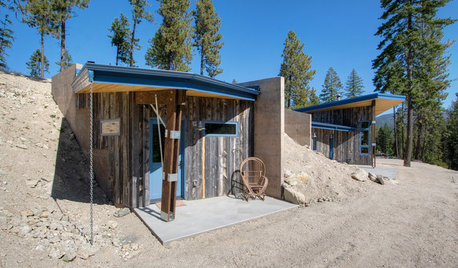
HOUZZ TOURSHouzz Tour: Having Fun With a Half-Buried House
Layers of dirt help create energy efficiency and an unusual look on a steep slope in Washington state
Full Story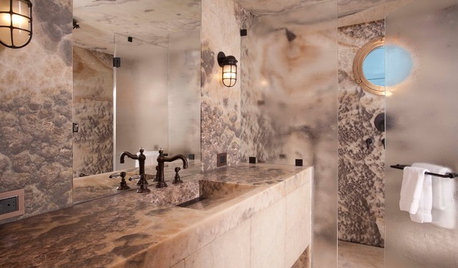
STONEGive In to Your Wild Side With Exotic Granite and Onyx
Go beyond the standard slab with these radiant and rare stones
Full Story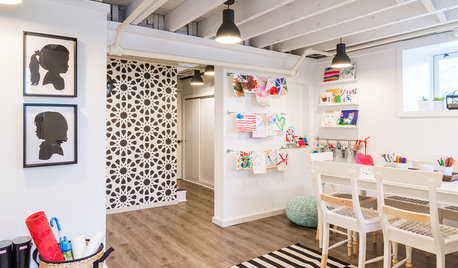
BASEMENTSBasement of the Week: A Creative Space for Kids and Storage for All
With mudroom organizers, laundry and a well-organized space for crafts, this basement puts a Massachusetts home in balance
Full Story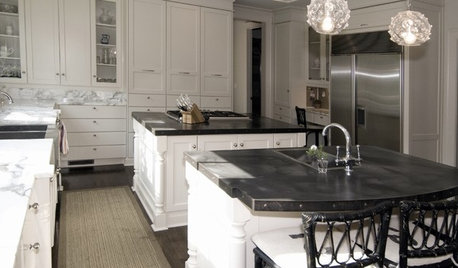
KITCHEN COUNTERTOPSKitchen Countertop Materials: 5 More Great Alternatives to Granite
Get a delightfully different look for your kitchen counters with lesser-known materials for a wide range of budgets
Full Story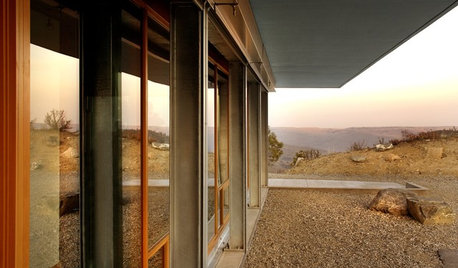
GREEN BUILDINGOff the Grid: Siting and Building to Conserve Energy
Look to low-tech solutions for big energy savings when you’re constructing a home
Full Story
HEALTHY HOMEGet Cleaner Indoor Air Without Opening a Window
Mechanical ventilation can actually be better for your home than the natural kind. Find out the whys and hows here
Full Story






chucksmom